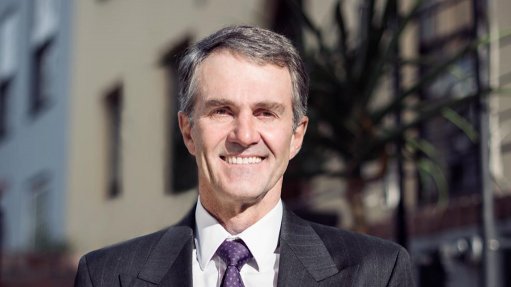
HILTON DAVIES Says the globe is currently in the ‘Bubble’ phase, nearing the end of the debt deflation cycle and that people should be cautious
Despite gold performing poorly in the third quarter, SA Bullion MD and analyst Hilton Davies believes that it is prudent to invest in dollar-denominated gold now, because “we are nearing the end of the current cycle and all asset prices are very vulnerable”
.In the SA Bullion third-quarter report, he points to the US financial markets, and currency being poised for change. “In our second-quarter 2009 report, we noted that the US must ‘inflate or die’ and that ‘reflation’ must continue unabated. For nearly ten years, that has been the case. That is all about to change.”
Davies cites the debt deflation cycle, noting that the current ten-year cycle has been an excellent model. The 2008 ‘depression’ followed on the collapse of Lehman Brothers and the subprime mortgage crisis. This caused the stock markets to collapse and economies to backslide.
‘Deleveraging’ followed in 2009. “The private sector frantically reduced debt, negatively impacting house prices, stocks and business growth,” comments Davies.
Then came ‘extraordinary measures’, where the US and other economies implemented dramatic monetary and fiscal policies, such as quantitative easing – most of which came into effect in 2009.
Davies says that ‘normalisation’ ensued around 2012 to 2014. “In this phase, debt growth picks up, causing housing and stock prices to rise. Private sector-debt is low and easy to service.”
He says that the globe is currently in the ‘bubble’ phase, which started around 2015 and continues to date. “The private sector is hungry for debt and gears up. Asset prices rise fast and people make leveraged investments. The public is bullish and begins to believe that things will only get better, in perpetuity.”
Stock markets gain new entrants, and stock prices are unusually high. “Business is doing well and unemployment is low . . . and the central banks begin to whisper about raising interest rates.”
This all culminates in the central banks tightening monetary policy and raising short-term interest rates – the idea being to constrict spending in an economy that may be accelerating too quickly or to curb inflation.
“Tightening liquidity spells very bad news for global asset markets,” says Davies. He states that entities that benefited from quantitative easing are often those most affected by policy tightening. “Treasuries have reacted fast. Yields have risen quickly and the securities have lost value. Qualitative easing drove performance in corporate bonds and emerging market debt. The reverse is now playing out. This is classic ‘mean reversion’.”